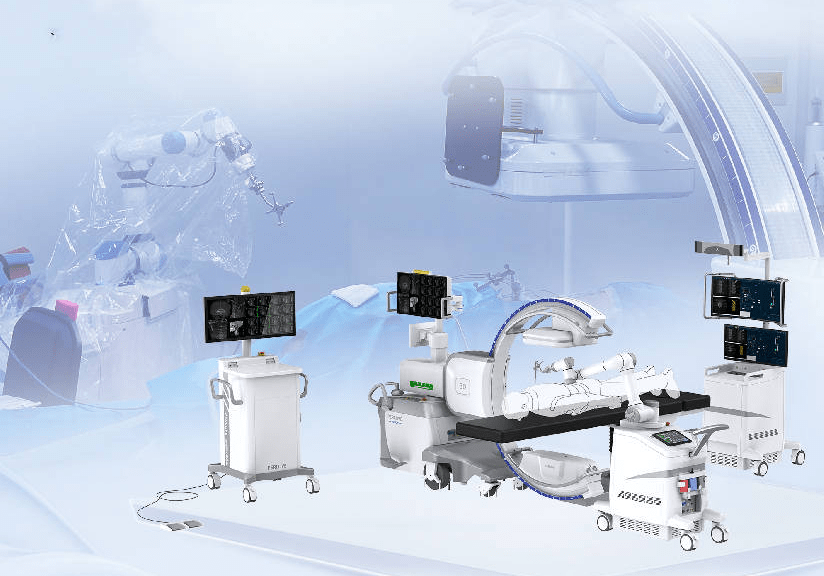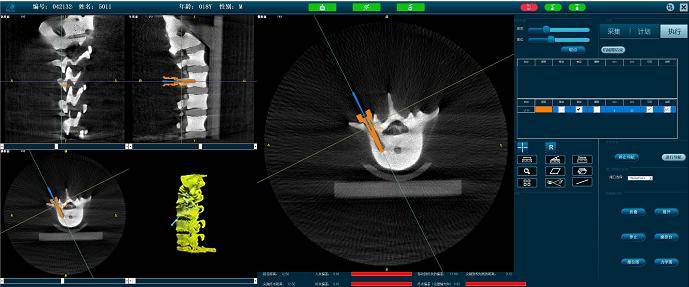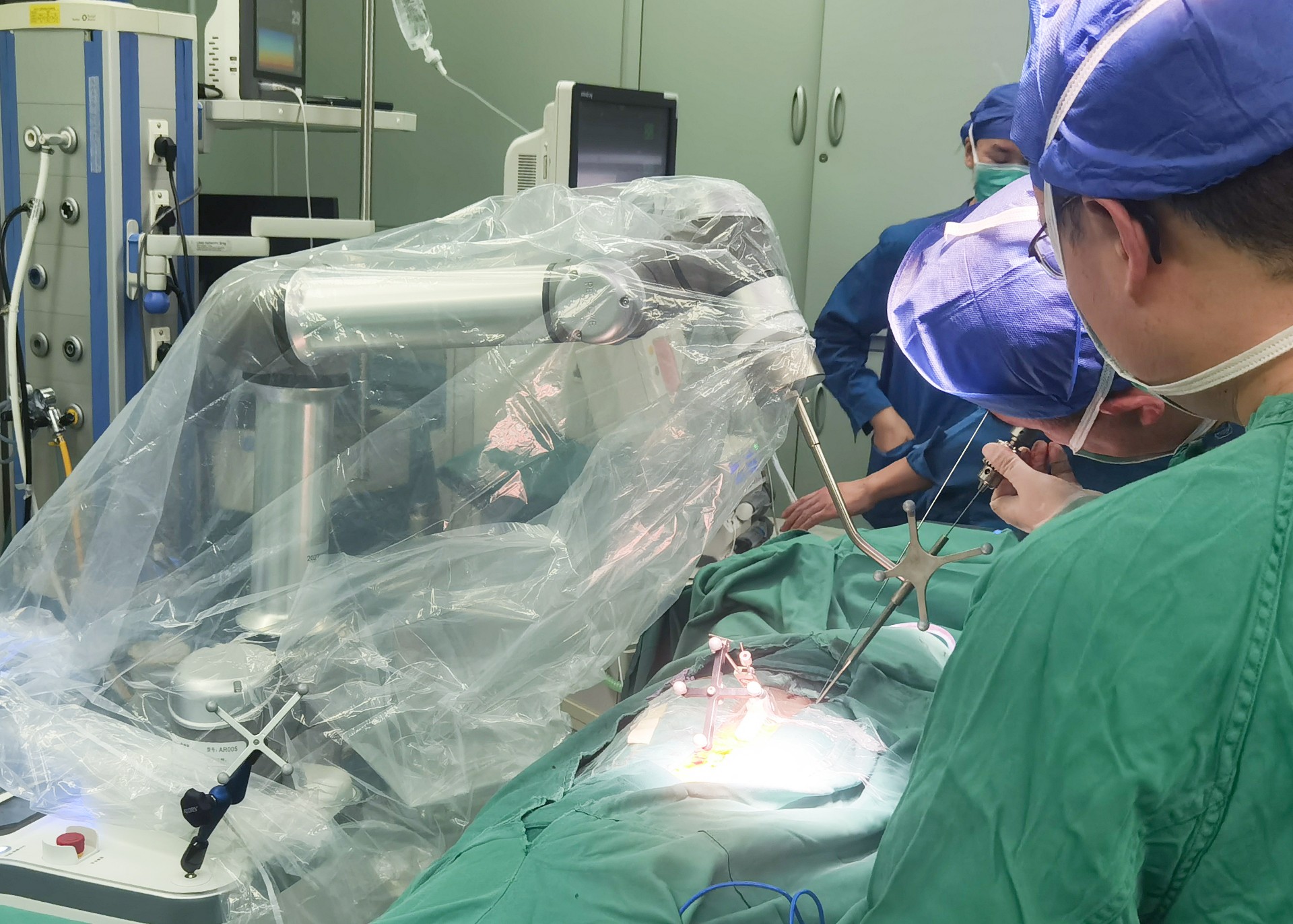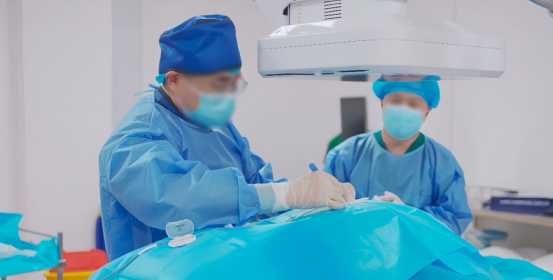News
2022-08-16 17:42:02 Views:1001
What is an orthopedic surgery robot? Orthopedic surgery robot opens a new era of intelligent surgery!
What is an orthopedic surgery robot? Orthopedic surgery robot, also known as orthopedic surgery navigation and positioning system. The device consists of a host computer, a robotic arm, surgical planning and control software, an optical tracking system, a master trolley, and a navigation and positioning toolkit. Positioning of instruments or implants.
Traditional orthopedic surgery methods are easily affected by factors such as patient positioning, surgical instrument control accuracy, doctor’s personal experience, and fatigue, which affect the success rate and reliability of surgery. Contrary to traditional surgery, orthopedic surgery robots can perform automatic or It is passively executed under the operator's command, and the robotic arm positioning replaces the operator's bare-hand positioning, and the stability and accuracy are improved.

PL300B Orthopedic Surgery Robot
For example, in percutaneous vertebroplasty, before the operation, the doctor first inputs all the patient's information into the orthopaedic surgery robot system, reconstructs the patient's 3D spine model on the computer, analyzes the patient's anatomical structure in 360 degrees, and plans in advance. The size of the nails and the angle of the nails. After the operation starts, the doctor issues an instruction to adjust the robot to an accurate position, and then operates through the robotic arm. Through the preset track positioning, the robot quickly and accurately finds the position and angle where the nail needs to be inserted, and then cooperates with the doctor to complete the operation. The process of nailing and repairing.

In traditional orthopaedic surgery, in order to accurately and safely fix fractures, doctors need to continuously perform intraoperative fluoroscopic monitoring to determine and correct the position and direction of the guide pins. This will inevitably lead to long-term exposure of medical staff to radiation damage during surgery. Through the accurate positioning of the orthopaedic surgical robot, the doctor does not need to find the puncture position one by one, and can complete the insertion of the guide needle through a small incision of 1-2 cm, shortening the operation time by more than 50%, and reducing the blood loss by more than 95%. The incidence of surgical complications is greatly reduced, and the application of orthopedic surgical robots makes orthopedic surgery more accurate and less invasive, and greatly reduces the amount of radiation received by doctors.
In June 2022, the PL300B orthopaedic surgical robot independently developed by Puai Medical received marketing approval from the National Medical Products Administration (NMPA). The approval of Puai Medical will further break the monopoly of imported products on the domestic orthopaedic surgical robot market, promote the rapid development of China's intelligent orthopedic surgical robots, and create conditions for surgical robot technology to sink into grassroots hospitals and benefit more patients.
The PL300B orthopaedic surgical robot is equipped with a high-precision optical tracking system and a robotic arm. Based on the 3D C-arm image data, it can use surgical planning software to guide doctors in pre-surgical planning and assist in accurate positioning of implants or surgical instruments. The precision can reach the sub-millimeter level, reaching the leading level. Especially for high-risk, high-complexity surgery, it has obvious advantages and can effectively reduce the risk of surgery.
-
Surgical Robots Take the Stage in the “Battle to Protect the Spine”
Read More » -
Application of 3D C-arm Imaging in Radiofrequency Ablation Treatment of Trigeminal Neuralgia
Read More » -
Correcting Limb Length Discrepancy | 3D C-arm Assisted Epiphysiodesis in Pediatric and Adolescent Patients
Read More » -
Perlove Medical Concludes a Successful Presence at RSNA 2025 in Chicago
Read More » -
Multiple C-arm Systems From Perlove Medical Installed at Zhujiang Hospital of Southern Medical University
Read More » -
Perlove Medical 3D C-arm Installed at Ningde City Hospital
Read More »





